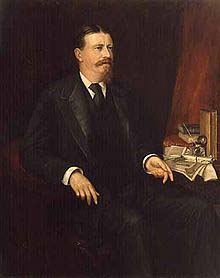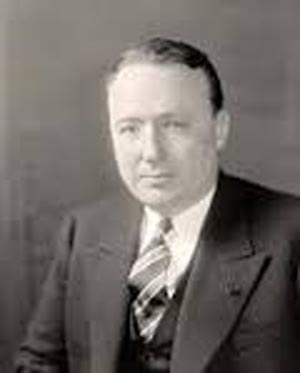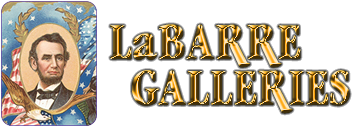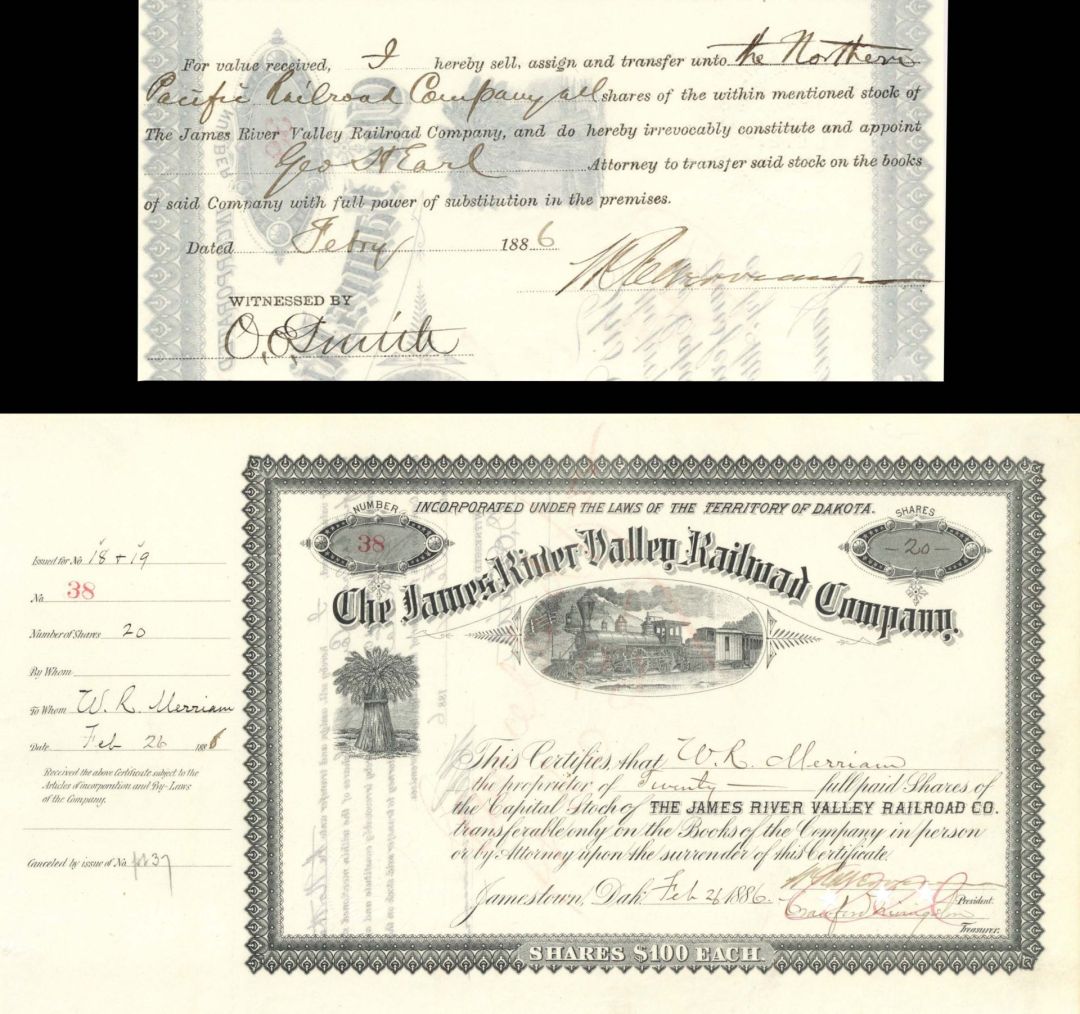James River Valley Railroad Co. issued to and signed by W.R. Merriam, Crawford Livingston and Geo. H. Earl - 1886 dated Autographed Stock Certificate
Inv# AG2109 AutographStock Issued to and signed twice by W.R. Merriam. Also signed by Geo. H. Earl on back and Crawford Livingston as treasurer.

William Rush Merriam (July 26, 1849 – February 18, 1931) was an American politician. The son of Minnesota House Speaker John L. Merriam, he served in the Minnesota House of Representatives in 1883 and 1887 and was the Speaker of the House in 1887. He served as the 11th Governor of Minnesota from January 9, 1889 to January 4, 1893. He was a Republican.
By 1888 a split in the state Republican Party was reflected in an unorthodox selection of a gubernatorial candidate. Instead of supporting the reform-minded incumbent, Andrew Ryan McGill, a majority of party stalwarts rallied behind William Merriam, an ambitious St. Paul banker and speaker of the Minnesota House of Representatives.
Merriam's re-election campaign two years later was affected by another, more widespread phenomenon, the Farmers' Alliance. This third party of disaffected Republicans and Democrats was dedicated to promoting the commercial and social interests of agrarian America. Merriam defeated the Alliance candidate in 1890, but the upstart party significantly eroded his plurality.
As governor, Merriam was a thrifty executive who was more interested in limiting spending than in legislative reform. The most notable legacy of his administration was the adoption of the Australian ballot, which allowed citizens to vote in comparative privacy. In his private life, the sociable Merriam was keen on sports, owned horses, and was said to possess "good nature, gracious manners, and an attractive personality."
Merriam's final accomplishment was appropriate for a banker and businessman who could work well with both people and numbers. He was director of the twelfth national census and later persuaded Congress to establish a permanent Census Bureau, where he served as its first director. Merriam never returned to Minnesota, but retired instead to Florida, where he died in Port Sewall at age 81.
His three-quarter portrait by the Swiss born American artist Adolfo Müller-Ury (1862–1947) was painted in 1892. This and a portrait of his wife were exhibited in St. Paul in that year. A small, bust-length portrait, is now in the collection of the Newport Preservation Society, Rhode Island; it was formerly in the collections of Jessica Dragonette and the University of Wyoming. Müller-Ury is also known to have painted a portrait of their son Amherst Merriam as a baby.
Merriam is buried at Rock Creek Cemetery in Washington, DC.
Crawford Livingston, railroad builder, St. Paul, Minn., descends from the famous Livingston family, land owners of New York. Crawford was born in New York City May 6, 1848 and educated in the academy at Albany, and at the age of sixteen became a stock broker on Broad Street, New York City, in White, Livingston & Kendrick. He was afterward Deputy Treasurer of New Jersey. In 1870, he settled in St. Paul as purchasing agent of the Winona & St. Peter Railway and as stock broker and a banker. With Henry Villard he built The Little Falls & Dakota Railway and then built and owned The James River Valley Railway and The Detroit & Manitoba Railroad. He was also associated with A.B. Stickney in constructing The Minnesota Central and The Minnesota & North Western Railways, another of his road being The Chicago & Great Western. Livingston has been continuously successful in his operations, and had large interest outside the field of transportation, being controlling owner of The St. Paul Gas Light Co., and connected with The Merchants' National Bank, The Union Bank, The Title Insurance & Trust Co., The St. Paul Light, Heat & Power Co., The Edison Electric Co., The Inter-State Investment Co., The International Dock & Warehouse Co., The Livingston Land Co., and several other corporations. Mr. Livingston was married, Jan. 28, 1875 in St. Paul to Mary S. Livingston. His children were Crawford, Marie Steele, Abby Francis and Gerald Moncrieffe Livingston. He was president of the Town and Country clubs and a member of the St. Paul, Minnesota, Baptism River, Curling, St. Paul Driving and Island Pass clubs, and of the New York club of New York City.

George Howard Earle Sr. (1823-1907) Mr. Earle was of old New England Quaker stock, and he was the seventh in descent from Captain Ralph Earle, of Portsmouth, R. I. His parents were Thomas Earle and Mary Hussey, and they came to this city from Massachusetts immediately after their marriage. The son was born here on December 8, 1823.
George H. Earle received most of his education in the schools of this city. He attended a private school in Massachusetts for one year. In accordance with the practice obtaining among the Friends at that time, he was apprenticed to Matthias Baldwin, founder of the locomotive works, and served for a time in his shop.
When he reached the legal age, he decided to study law. After his admission to the Bar he spent the year 1848 in a pedestrian tour through Europe. It was an eventful journey. Owing to the political disturbances which were agitating Europe at that time, he was frequently suspected of being a spy. In Vienna, Rome, Naples, Munich and Paris he saw conflicts in the streets between citizens and soldiers. In Paris he narrowly escaped being killed.
After the year of travel he returned to this city and opened a law office in partnership with Richard P. White, his brother-in-law. Thomas Earle died the same year, and the son fell heir to his father's large practice. About that time he married Ellen Frances von Lohr, the wedding taking place on April 5, 1849.
For nearly fifty years the law firm of Earle & White enjoyed a lucrative and an extensive practice. George H. Earle soon began to assert himself as a champion of the slave and also as a municipal reformer. As a boy he had taken part in an anti-slavery demonstration, and he was wounded at the riot attending the burning of Pennsylvania Hall.
He defended many slaves captured under the provisions of the Fugitive Slave law, and on more than one occasion obtained the release of his clients. He was a delegate to the first Republican National Convention, in 1856, which nominated John C. Fremont for the Presidency. Until his death he was the oldest living delegate to that convention. He took the stump and took part in the campaigns which preceded the election of Lincoln and Grant.
After the Civil War he turned his attention to municipal affairs. As a result of the political abuses of that day the debt of the city was almost $70,000,000. He led in the movement to have the city's affairs conducted on a business basis, and he was one of the organizers of the taxpayers' association for municipal reform, of which Henry C. Lea was chairman. This association was succeeded by the Committee of One Hundred. Mr. Earle took an equally active part in the work of the committee, and as chairman of the Committee on Public Meetings he arranged all the notable gatherings. At these meetings Mr. Earle was himself a speaker. His manner was simple yet powerful, and when he desired to be, he was deliciously satirical. He kept up the fight for municipal regeneration until the adoption of the Bullitt Bill, and since that time he had kept in close touch with public affairs, although not being an active participant.
The noted Abolitionist was an intimate friend of Abraham Lincoln. In fact, there were few great men in the country's history for the past fifty years with whom he did not have close acquaintance."











Ebay ID: labarre_galleries